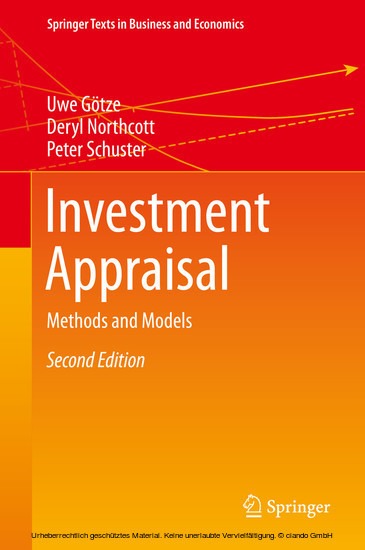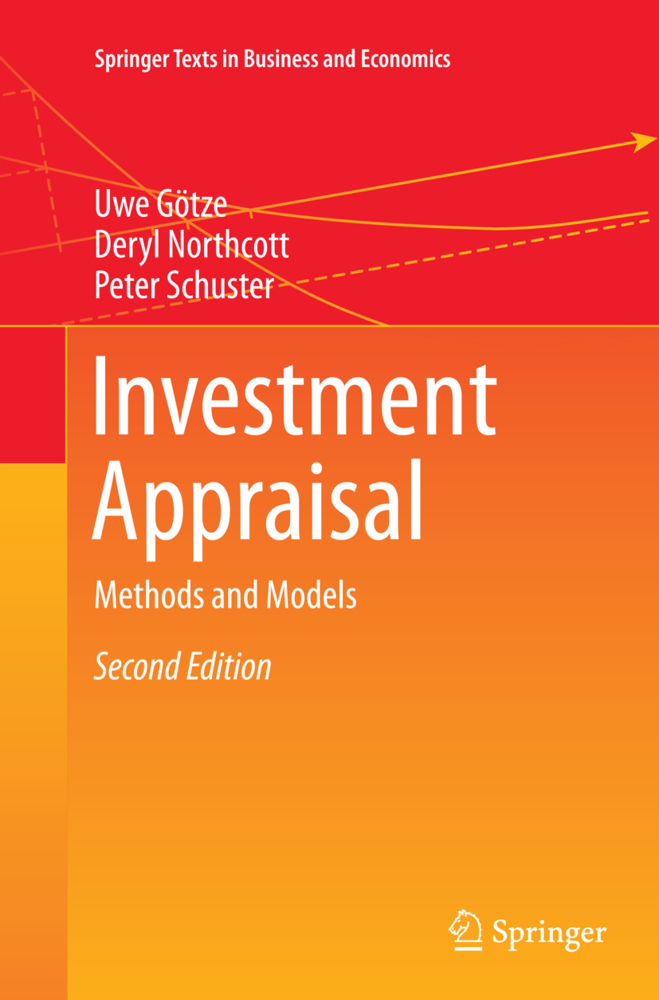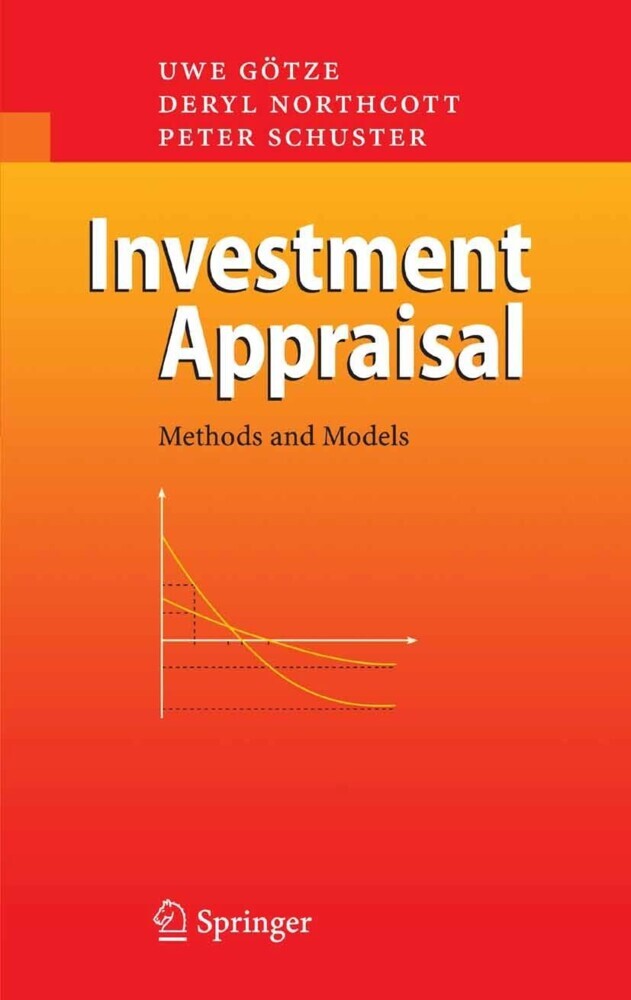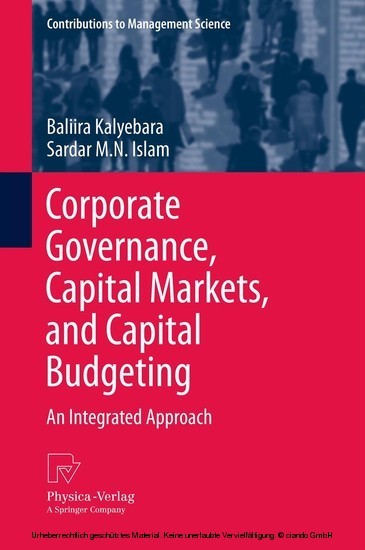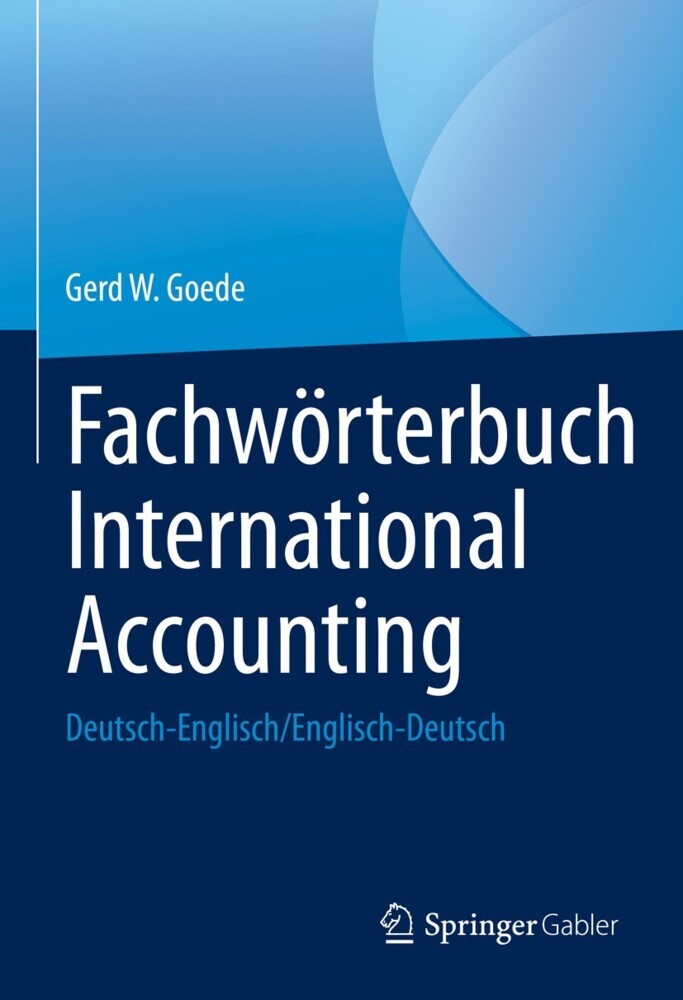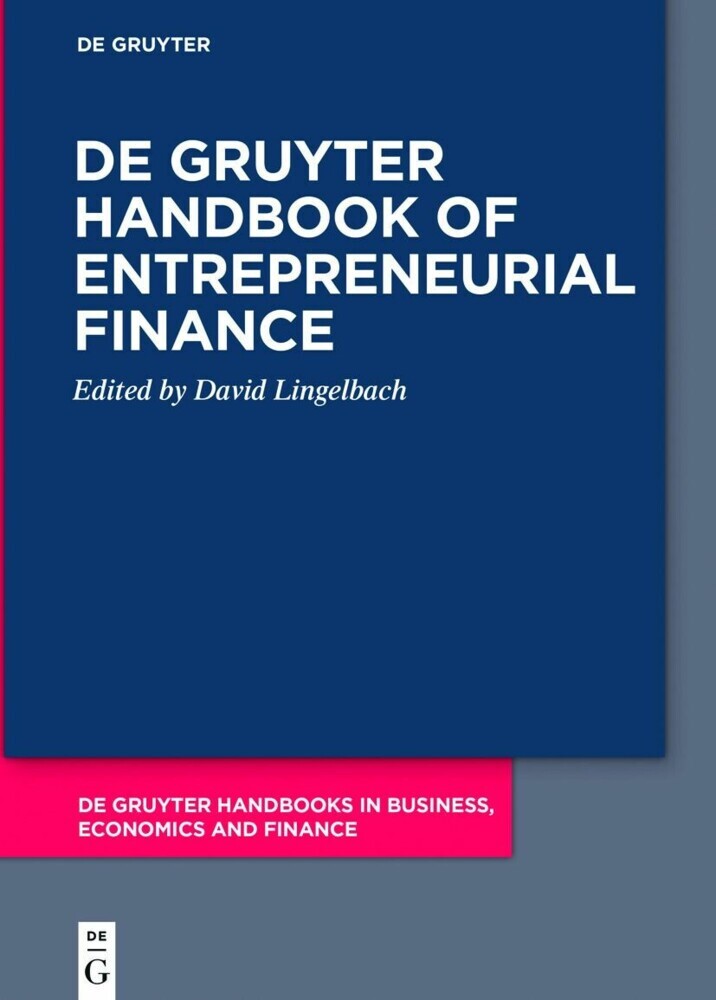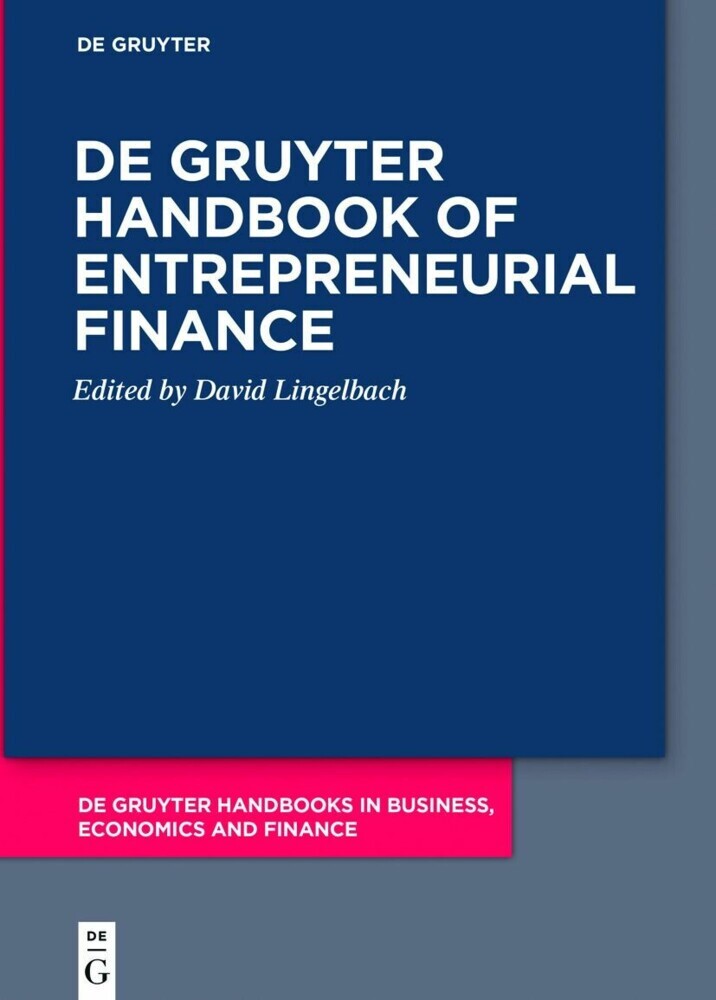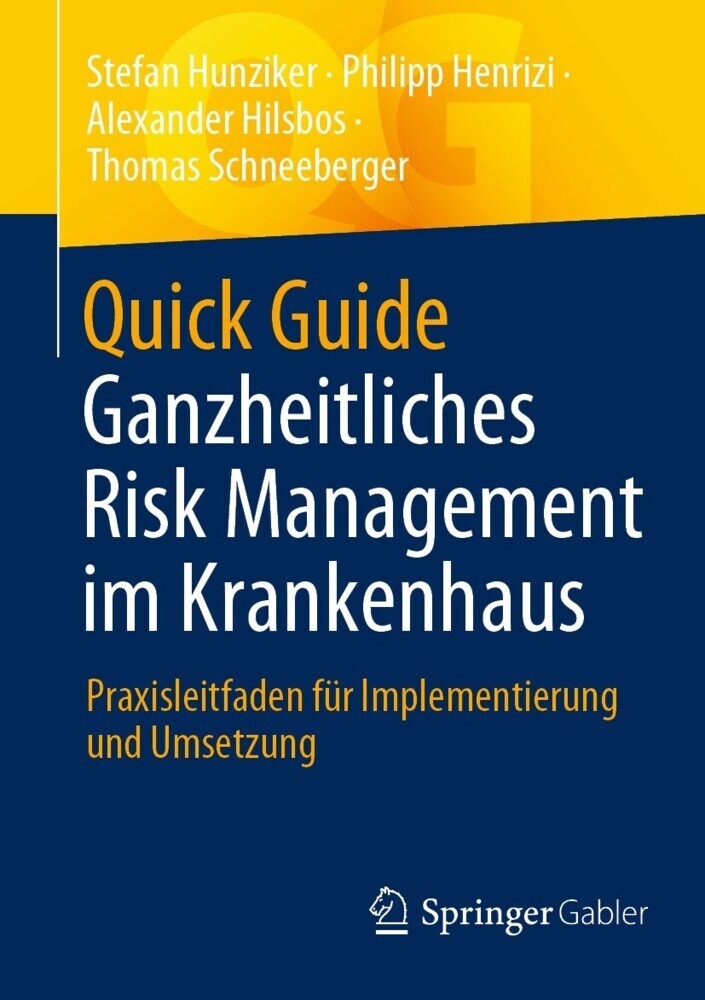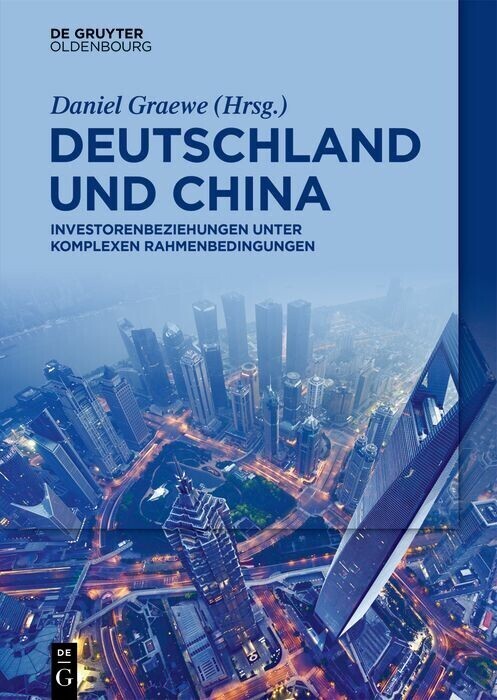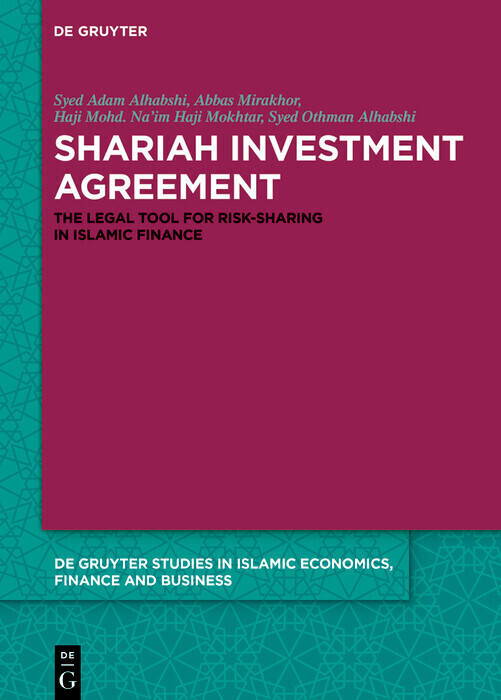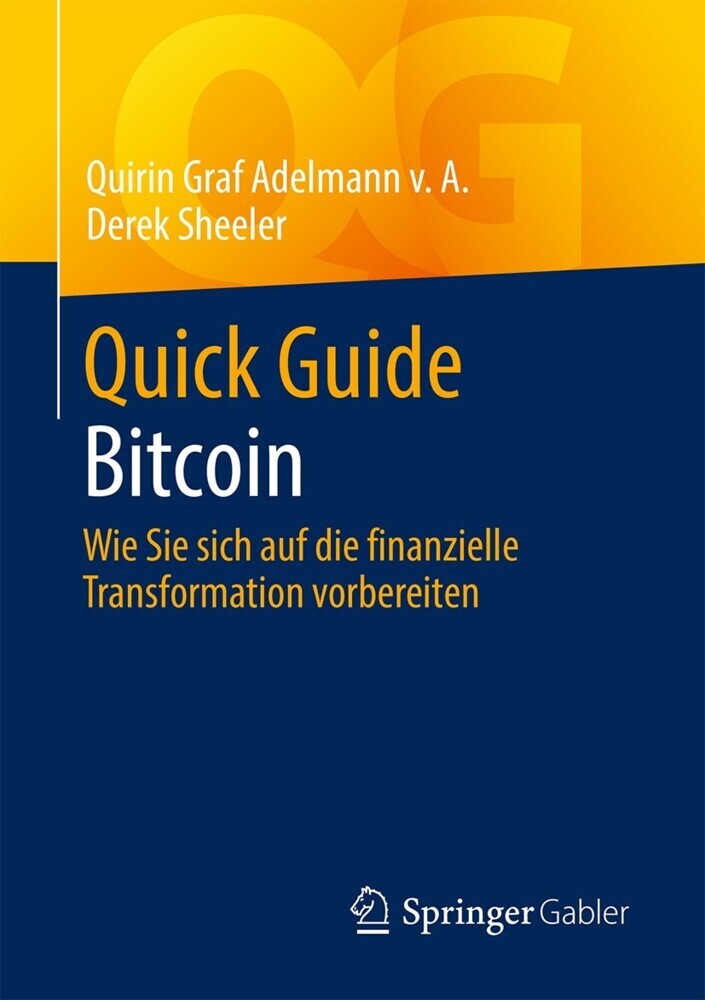Investment Appraisal
Methods and Models
This book provides an introduction to investment appraisal and presents a range of methods and models, some of which are not widely known, or at least not well covered by other textbooks. Each approach is thoroughly described, evaluated and illustrated using examples, with its assumptions and limitations analyzed in terms of their implications for investment decision-making practice. Investment decisions are of vital importance to all companies. Getting these decisions right is crucial but, due to a complex and dynamic business environment, this remains a challenging management task. Effective appraisal methods are valuable tools in supporting investment decision-making. As organisations continue to seek a competitive edge, it is increasingly important that management accountants and strategic decision-makers have a sound knowledge of these tools.
1;Preface;6 2;Guided Tour of the Book;8 3;Contents;10 4;List of Figures;14 5;Part I: Introduction;17 6;1: Capital Budgeting and Investment Decisions;18 6.1;1.1 Characteristics and Classification of Investment Projects;18 6.2;Key Concept;18 6.3;Key Concept;21 6.4;1.2 Investment Planning and Investment Decisions;21 6.4.1;1.2.1 Investment Planning as Part of the Management Process;21 6.4.2;1.2.2 Investment Planning as Part of the Capital Investment Decision-Making Process;23 6.4.3;1.2.3 Strategic Analysis Tools Supporting the Capital Investment Decision-Making Process;34 6.5;1.3 Investment Appraisal Methods as Tools for Investment Planning;38 6.6;Key Decisions;38 6.7;Further Reading - Part I;40 7;Part II: Basic Methods of Investment Appraisal;42 8;2: Static Methods;43 8.1;Key Concept;43 8.2;2.1 Cost Comparison Method;45 8.3;Key Concept;45 8.4;2.2 Profit Comparison Method;51 8.5;Key Concept;51 8.6;2.3 Average Rate of Return Method;53 8.7;Key Concept;53 8.8;2.4 Static Payback Period Method;56 8.9;Key Concept;56 8.10;Key Concept;56 8.11;Assessment Material;58 8.11.1;Exercise 2.1 (Cost Comparison Method);58 8.11.2;Exercise 2.2 (Cost Comparison Method);59 8.11.3;Exercise 2.3 (Profit Comparison, Average Rate of Return and Payback Method);60 9;3: Discounted Cash Flow Methods;61 9.1;3.1 Introduction;61 9.2;3.2 Net Present Value Method;64 9.3;Key Concept;64 9.4;Key Concept;65 9.5;3.3 Annuity Method;75 9.6;Key Concept;75 9.7;Key Concept;75 9.8;3.4 Internal Rate of Return Method;77 9.9;Key Concept;77 9.10;Key Concept;78 9.11;Key Concept;83 9.12;3.5 Dynamic Payback Period Method;85 9.13;Key Concept;85 9.14;Key Concept;85 9.15;3.6 Data Collection;87 9.16;Assessment Material;93 9.16.1;Exercise 3.1 (Net Present Value Method and Annuity Method);93 9.16.2;Exercise 3.2 (Net Present Value Method and Internal Rate of Return Method);93 9.16.3;Exercise 3.3 (Dynamic Investment Appraisal Methods);94 9.17;Further Reading - Part II;95 10;Part III: Advanced Methods and Applications of Investment Appraisal;98 11;4: Compounded Cash Flow Methods;99 11.1;4.1 Compound Value Method;99 11.2;Key Concept;99 11.3;Key Concept;100 11.4;4.2 Critical Debt Interest Rate Method;104 11.5;Key Concept;104 11.6;Key Concept;104 11.7;4.3 Visualisation of Financial Implications (VoFI) Method;106 11.8;Key Concept;107 11.9;Key Concept;107 11.10;Assessment Material;114 11.10.1;Exercise 4.1 (Compound Value Method, Critical Debt Interest Rate Method and VoFI Method);114 11.10.2;Exercise 4.2 (Dynamic Investment Appraisal Methods);115 12;5: Selected Further Applications of Investment Appraisal Methods;117 12.1;5.1 Income Taxes and Investment Decisions;117 12.1.1;5.1.1 Taxes and the Net Present Value Method;117 12.1.2;5.1.2 Taxes and the Visualisation of Financial Implications (VoFI) Method;122 12.2;5.2 The Assessment of Foreign Direct Investments;124 12.2.1;5.2.1 Special Characteristics of Foreign Direct Investments;124 12.2.2;5.2.2 Net Present Value Model and the Assessment of Foreign Direct Investments;127 12.2.3;5.2.3 The Visualisation of Financial Implications (VoFI) Method and the Assessment of Foreign Investments;133 12.3;5.3 Models for Economic Life and Replacement Time Decisions;137 12.3.1;5.3.1 Overview;137 12.3.2;5.3.2 Optimum Economic Life Without Subsequent Projects;139 12.3.3;Key Concept;139 12.3.4;Key Concept;140 12.3.5;5.3.3 Optimum Economic Life with a Limited Number of Identical Subsequent Projects;142 12.3.6;Key Concept;143 12.3.7;Key Concept;144 12.3.8;5.3.4 Optimum Economic Life with an Unlimited Number of Identical Subsequent Projects;145 12.3.9;Key Concept;146 12.3.10;Key Concept;146 12.3.11;Key Concept;147 12.3.12;5.3.5 Optimum Replacement Time with an Unlimited Number of Identical Subsequent Projects;149 12.3.13;Key Concept;149 12.3.14;Key Concept;150 12.3.15;5.3.6 Optimum Replacement Time with a Limited Number of Non-identical Subsequent Projects;152 12.3.16;Key Concept;153 12.4;5.4 Models to Determine Optimum Investment Timing;155 12.5;Assessment Material;164
Götze, Uwe
Northcott, Deryl
Schuster, Peter
| ISBN | 9783662458518 |
|---|---|
| Artikelnummer | 9783662458518 |
| Medientyp | E-Book - PDF |
| Auflage | 2. Aufl. |
| Copyrightjahr | 2015 |
| Verlag | Springer-Verlag |
| Umfang | 371 Seiten |
| Sprache | Englisch |
| Kopierschutz | Digitales Wasserzeichen |

